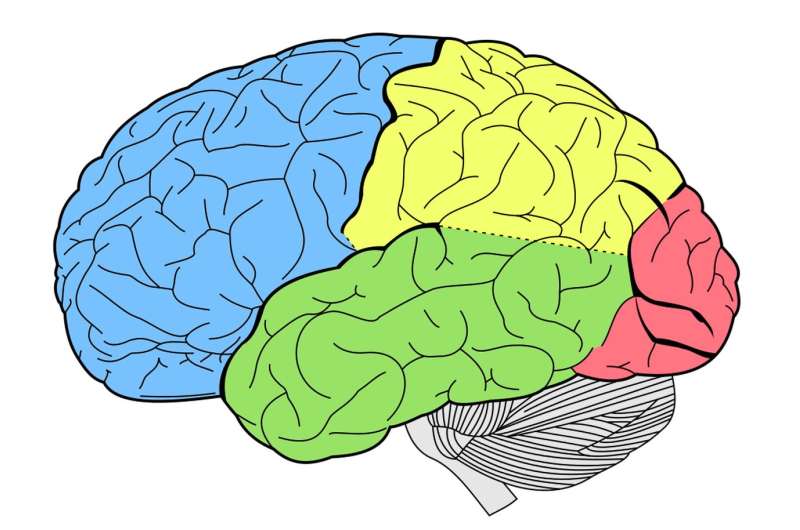This article has been reviewed according to Science X's editorial process and policies. Editors have highlighted the following attributes while ensuring the content's credibility:
fact-checked
peer-reviewed publication
trusted source
proofread
Human Brain Cell Atlas offers unprecedented look at neuropsychiatric disorders

In a large, multi-institutional effort led by University of California San Diego, researchers have analyzed more than a million human brain cells to produce detailed maps of gene switches in brain cell types, and revealed the links between specific types of cells and various common neuropsychiatric disorders.
The team also developed artificial intelligence tools to predict the influence of individual high-risk gene variants among these cells and how they may contribute to disease.
The new work, published on October 13, 2023 in a special issue of Science, is part of the National Institute of Health's Brain Research Through Advancing Innovative Neurotechnologies Initiative, or The BRAIN Initiative, launched in 2014. The initiative aims to revolutionize understanding of the mammalian brain, in part, through the development of novel neurotechnologies for characterizing neural cell types.
Every cell in a human brain contains the same sequence of DNA, but different cell types use different genes and in different amounts. This variation produces many different types of brain cells and contributes to the complexity of neural circuits. Learning how these cell types differ on a molecular level is critical to understanding how the brain works and developing new ways to treat neuropsychiatric illnesses.
"The human brain isn't homogenous," said senior author Bing Ren, Ph.D., professor at UC San Diego School of Medicine. "It's made up of an enormously complex network of neurons and non-neuronal cells, with each serving different functions. Mapping out the different types of cells in the brain and understanding how they work together will ultimately help us discover new therapies that can target individual cell types relevant to specific diseases."
In the new study, the researchers analyzed more than 1.1 million brain cells across 42 distinct brain regions from three human brains. They identified 107 different subtypes of brain cells and were able to correlate aspects of their molecular biology to a wide range of neuropsychiatric illnesses, including schizophrenia, bipolar disorder, Alzheimer's disease and major depression.
The researchers then use this data to create machine learning models to predict how certain sequence variations in the DNA can influence gene regulation and contribute to disease.
While these new results offer significant insights into the human brain and its pathology, scientists are still far from done with mapping the brain.
In 2022, UC San Diego joined the Salk Institute and others in launching a Center for Multiomic Human Brain Cell Atlas, which aims to study cells from over a dozen human brains and ask questions about how the brain changes during development, over people's lifespans and with disease.
"Scaling up our work to an even greater level of detail on a larger number of brains will bring us one step closer to understanding the biology of neuropsychiatric disorders and how it can be rehabilitated," said Ren.
More information: Yang Eric Li et al, A comparative atlas of single-cell chromatin accessibility in the human brain, Science (2023). DOI: 10.1126/science.adf7044. www.science.org/doi/10.1126/science.adf7044




















